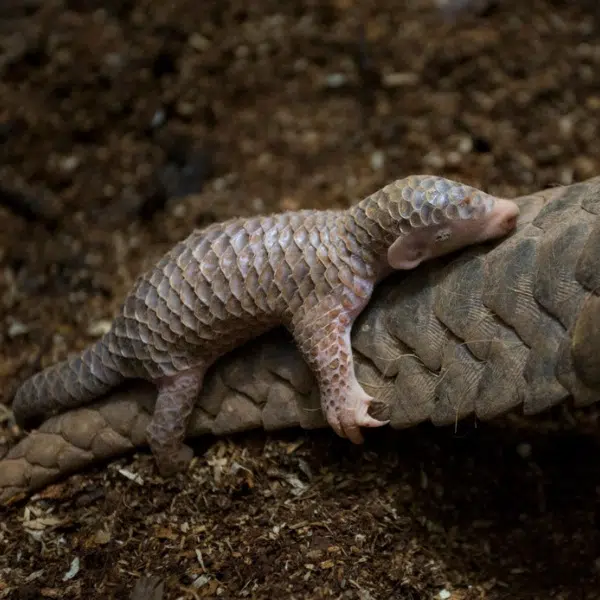
Photo: GUDKOVANDREY/Depositphotos
The Galápagos Giant Tortoise (Chelonoidis niger) is an iconic creature that is native to the Galápagos Islands. Despite the fact that the islands they live on were named after them, seeing Galápagos Giant Tortoises in their home has been a rare occurrence for many years. Due to a mix of excessive hunting, habitat loss, and introduction of invasive species by colonists, the tortoises nearly went extinct. Thankfully, their luck seems to be changing.
First discovered by famed naturalist Charles Darwin in 1835, the species has many unique characteristics, including being one of the largest cool-blooded land animals and the oldest living reptiles on Earth, with some living past 150 years. Over several centuries, the population of these majestic animals on the islands plummeted from 250,000 to a shocking 15,000, making the animals endangered, with two of the 15 subspecies going extinct altogether. But for the other 13, an optimistic future may be on the horizon.
Thanks to the efforts of conservationists, around 560 tortoises were recently reintroduced to the islands in 2023. This was made possible thanks to rangers from the Galápagos National Park and staff from Galápagos Conservancy, a U.S. based nonprofit dedicated to the protection and restoration of the islands. Though they can grow over 4 feet long and weigh up to 660 pounds, the animals returned to the island were smaller, adolescent tortoises. They were collected in the wild as eggs and raised as babies before being released back into their natural habitat.
In addition to being welcome news for animal lovers, the tortoises' grand return is also great news for the islands' ecosystem, as they are vital to the continued survival and biodiversity of a number of other species in the area. Eating more than 225 kilograms of vegetation every year, the creatures serve as natural gardeners for the islands, carving out a one-of-a-kind landscape. The work of these conservationists may mean that the islands return to the way they were when Charles Darwin first stumbled upon them all those years ago.
To learn more about the program, visit the Galápagos Conservancy website.
Conservationists were recently able to reintroduce 560 Galápagos Giant Tortoises to their native islands after the animals nearly went extinct.
#Galápagos | Guardaparques del @parquegalapagos, con el apoyo de la organización @savegalapagos, repatriaron 136 tortugas gigantes juveniles de la población de Cinco Cerros en la isla Isabela.
Los quelonios pasaron por un proceso de análisis de estado de salud, cuarentena y… pic.twitter.com/9X1hr75pzT
— Parque Galápagos (@parquegalapagos) December 6, 2023
Galápagos Conservancy: Website | Instagram | Facebook
h/t: [ABC News]
Related Articles:
Critically Endangered Burmese Turtles Hatch and Bring New Hope for the Species
Hawaiian Teen Wins $10,000 for Research on Mysterious Outbreak Killing Sea Turtles
Sea Turtle Given the Very First 3D-Printed Shell Brace Is Still Thriving Years Later
Robert Irwin Gets Emotional Showing Baby Turtle of an Endangered Species Discovered by His Dad






















































































